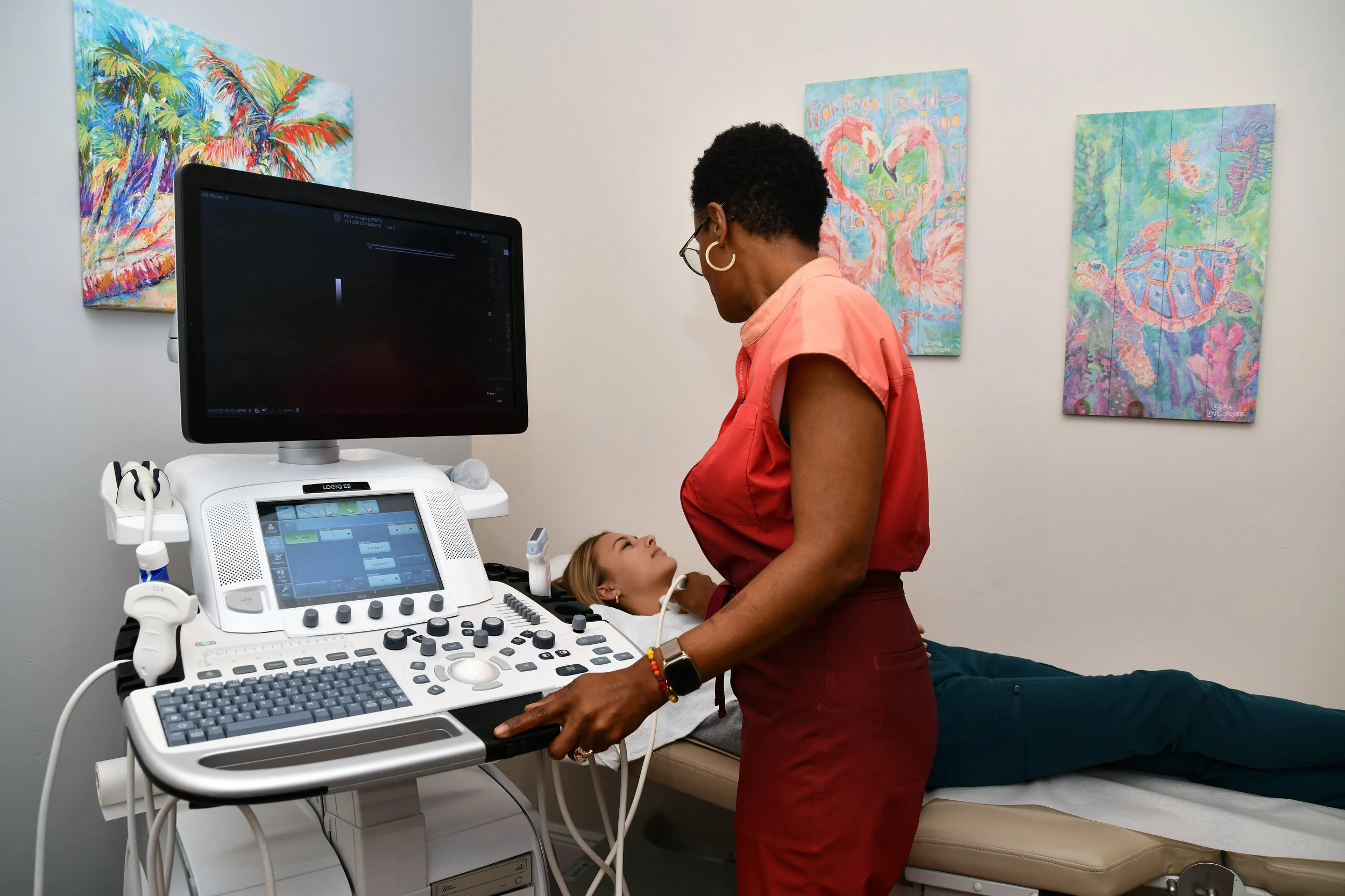Biopsies
What is a Biopsy?
An organ biopsy is a procedure in which your radiologist uses a special needle to obtain a tissue sample for examination under a microscope. The sample is evaluated to diagnose disease or monitor treatment effects. Examples include:
A thyroid biopsy to find the cause of a lump (nodule) in the thyroid gland or to find the cause of an abnormal enlargement of the thyroid gland (goiter).
A breast biopsy to help determine whether a suspicious area or abnormality in the breast is benign (non-cancerous) or malignant (cancerous).
An axilla (underarm) biopsy involves removing a small tissue sample from the armpit to check if cancer or another condition has spread to the lymph nodes.
At Hope Imaging, our interventional radiologists perform biopsies using advanced medical imaging to precisely guide the needle to the section of an organ being evaluated.
How does the procedure work?
Your radiologist will numb the skin overlying the location of interest with a local anesthetic. Once the area is numb, a biopsy needle is guided to the location of interest with a CT scan or ultrasound image guidance. Once the tissue sample is taken, the biopsy needle is removed, and a bandage is applied. Most needle biopsy procedures take less than 30 minutes.
When is a Biopsy Necessary?
A biopsy is often the only way to diagnose a disease after it has been detected during a physical exam or an imaging exam. Needle biopsy is the least invasive way to obtain a tissue sample for testing. As a result, patients can resume normal activities sooner than they would after surgery, frequently within 1-2 days.
Biopsy Procedures we do not perform at Hope:
Liver
Bone Marrow
Stereotactic Breast Biopsy


